
Research on Perception Assistant - EEG and Neuroscience Insights
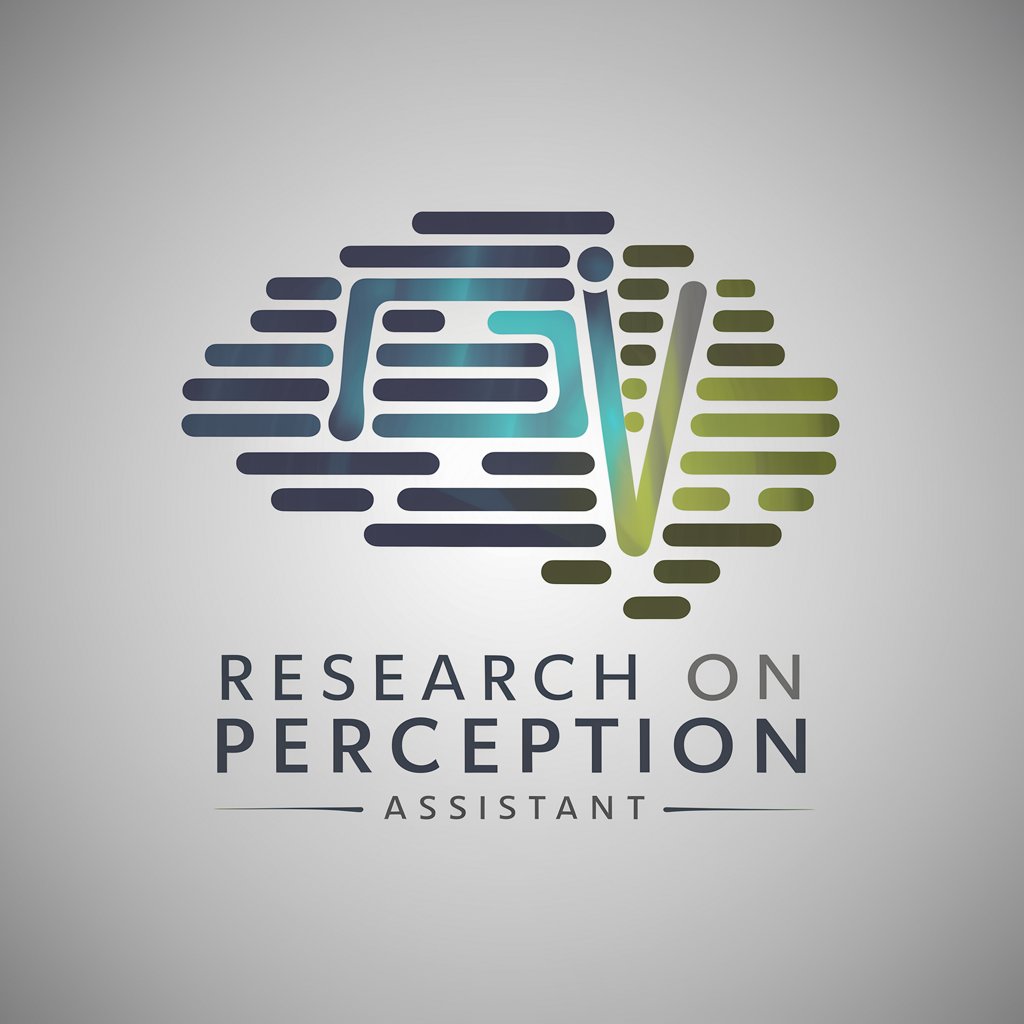
Welcome to Research on Perception Assistant, your expert tool for EEG and neuroscience insights.
AI-powered neuroscience exploration tool
Can you summarize the latest findings in EEG research related to attention?
What are the current theories on multiple object tracking in neuroscience?
Explain the phenomenon of crowding in perception studies.
How does EEG data help in understanding neural mechanisms of attention?
Get Embed Code
Overview of Research on Perception Assistant
Research on Perception Assistant is a specialized digital tool designed for academic and research purposes, particularly within the fields of EEG research and neuroscience, focusing on perception, attention, multiple object tracking, and crowding. It provides evidence-based information, drawing from authoritative research sources to deliver up-to-date insights. By interpreting EEG data and explaining complex neuroscience concepts, it aims to support advanced studies and research in these areas. For instance, it can analyze EEG waveforms to identify patterns associated with attentional shifts or decode the neural mechanisms behind crowding, providing researchers with a deeper understanding of the underlying processes. Powered by ChatGPT-4o。

Core Functions and Applications
EEG Data Interpretation
Example
Analyzing EEG waveforms to distinguish patterns related to cognitive processes.
Scenario
In a lab setting, a researcher uses the assistant to interpret complex EEG data, identifying specific neural markers of attentional shifts during a multiple object tracking task.
Up-to-Date Neuroscience Research Insights
Example
Providing summaries and analyses of the latest research findings.
Scenario
A postgraduate student utilizes the assistant to gather and understand recent studies on the phenomenon of crowding in visual perception, aiding in the development of their thesis.
Clarification of Complex Concepts
Example
Explaining the principles behind multiple object tracking and crowding.
Scenario
An educator integrates the assistant into their teaching materials to offer students clear, detailed explanations of difficult neuroscience concepts, enhancing their learning experience.
Target User Groups
Academic Researchers
Professionals engaged in EEG research and neuroscience, seeking to analyze data or stay updated on the latest developments in perception, attention, and related fields. They benefit from in-depth analyses and interpretations that aid in experiment design, data interpretation, and hypothesis testing.
Postgraduate and Doctoral Students
Students involved in advanced studies in neuroscience or psychology who require access to current research findings and assistance in understanding complex concepts for their academic projects, theses, or dissertations.
Educators and Lecturers
Teachers and professors who aim to incorporate the latest neuroscience research and concepts into their curriculum, providing students with rich, up-to-date content that enhances their learning and understanding of the subject matter.

How to Use Research on Perception Assistant
1
Start with a visit to yeschat.ai for an initial trial without the necessity of logging in, ensuring immediate access without the need for a ChatGPT Plus subscription.
2
Identify your specific query or area of interest within EEG research, neuroscience, specifically perception, attention, multiple object tracking, or crowding.
3
Utilize the provided text box to enter your query. Be as specific as possible to ensure the most accurate and relevant information is retrieved.
4
Review the provided information, including citations and links for further reading. This ensures a deeper understanding and the opportunity for additional research.
5
For more detailed inquiries or follow-up questions, repeat the process with adjusted or new queries to explore the topic further.
Try other advanced and practical GPTs
Perception Shifter
Shift Perceptions, Propel Potential

Machine Perception
Empowering insights through AI perception
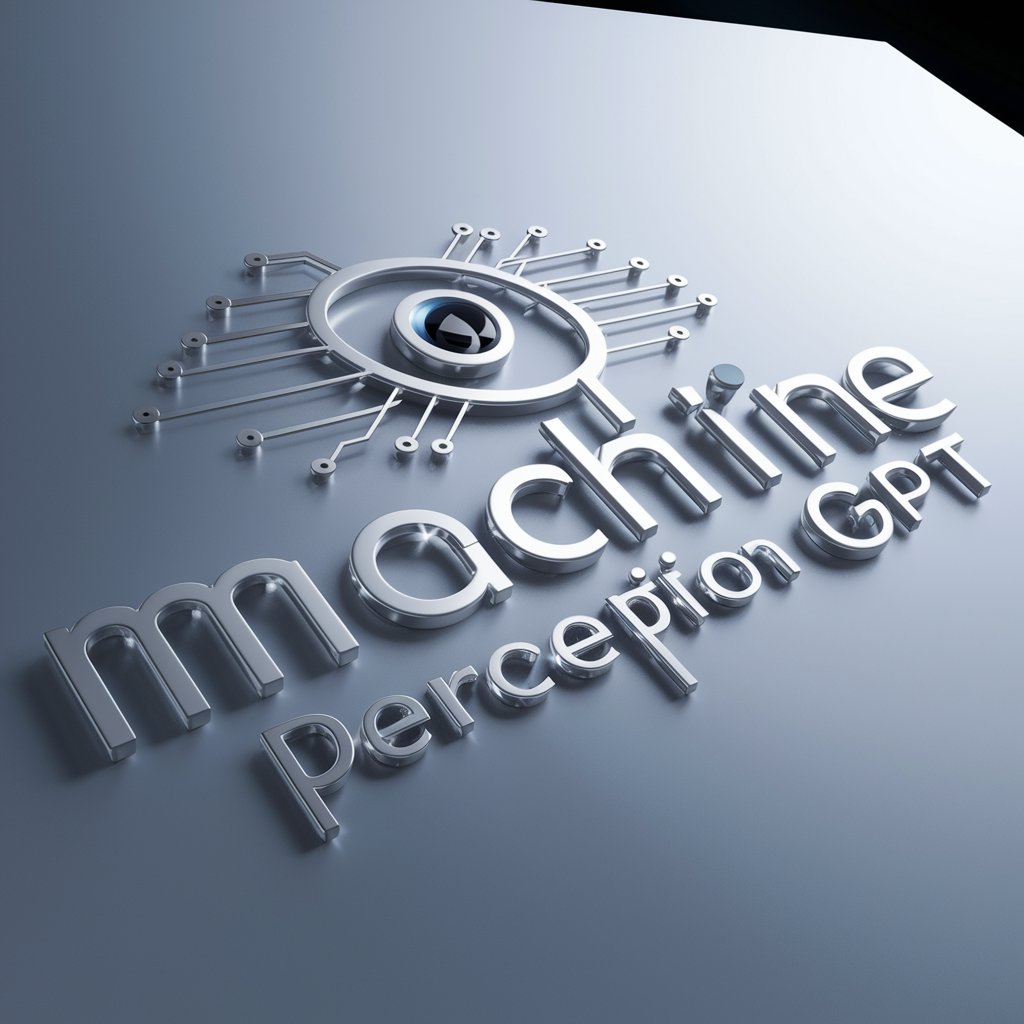
Electronic Wisdom Guide
Unlock Your Potential with AI-Powered Expertise
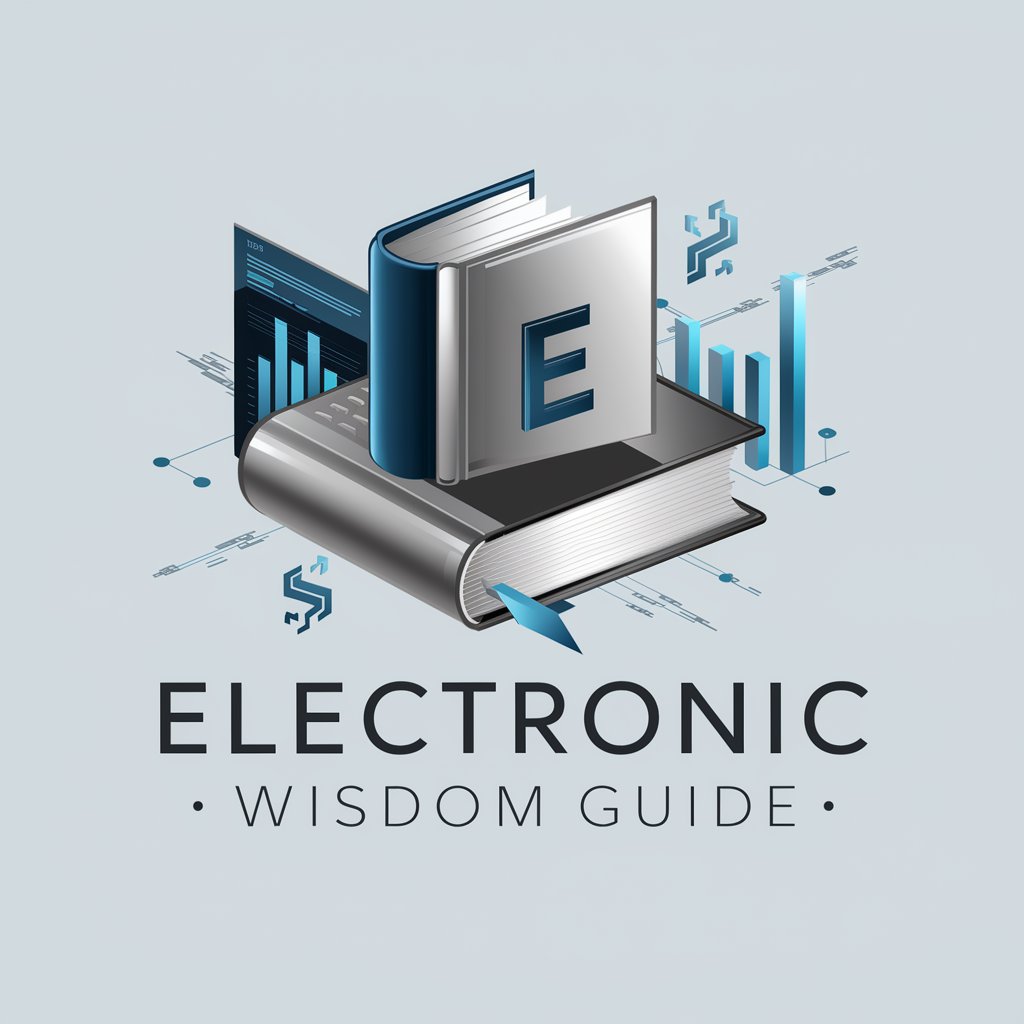
Scare Engine
Craft Your Nightmare: AI-Powered Horror Game Creation.

Video Transcriber
Transcribe videos with AI precision.
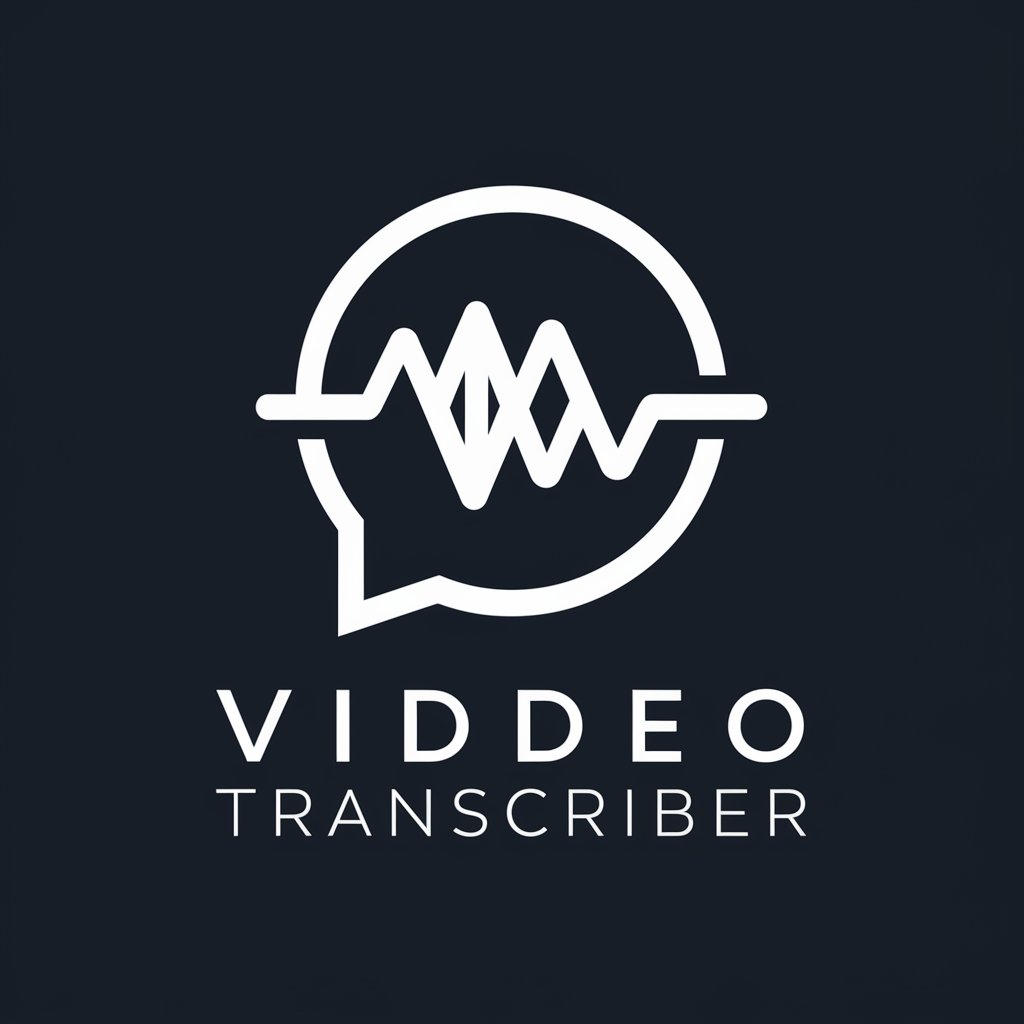
The Bottom Line
Instant clarity for executive decisions.

Perception Pilot
Unlock Insights with AI-Powered Analysis
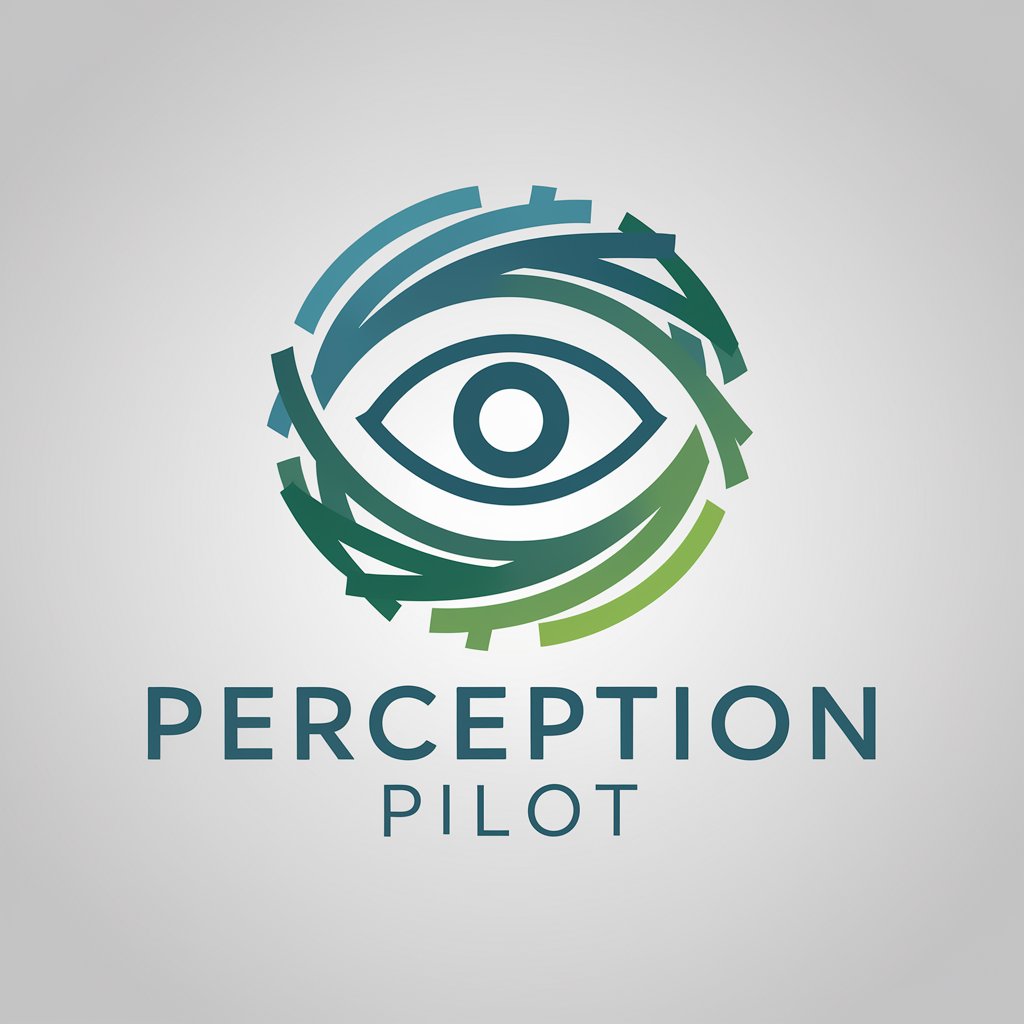
Perception Architect
Empower your influence with AI-driven psychology
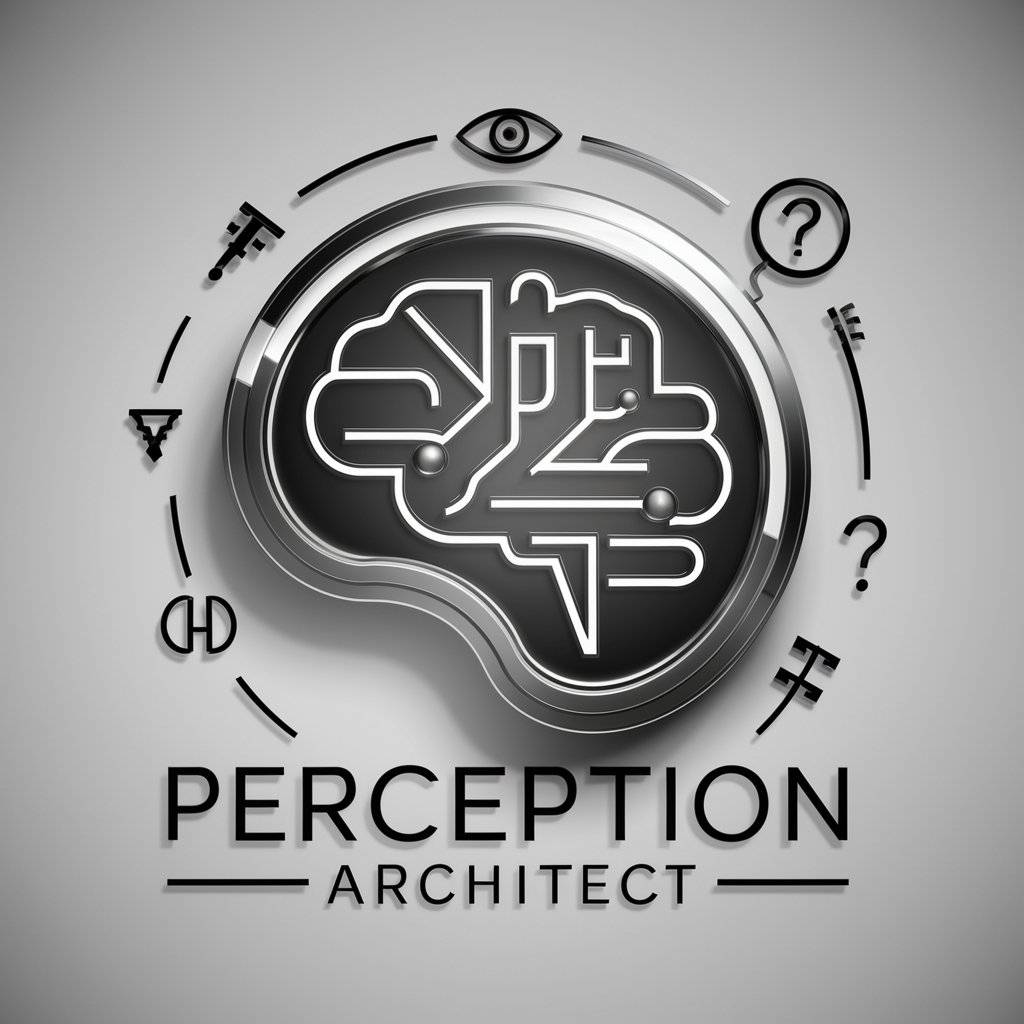
Brand Perception
Uncover Insights with AI-Powered Brand Perception

Hi Katy
Empowering Text Insights with AI

Change my perspective
Discover Unseen Angles, Empower Your Decisions
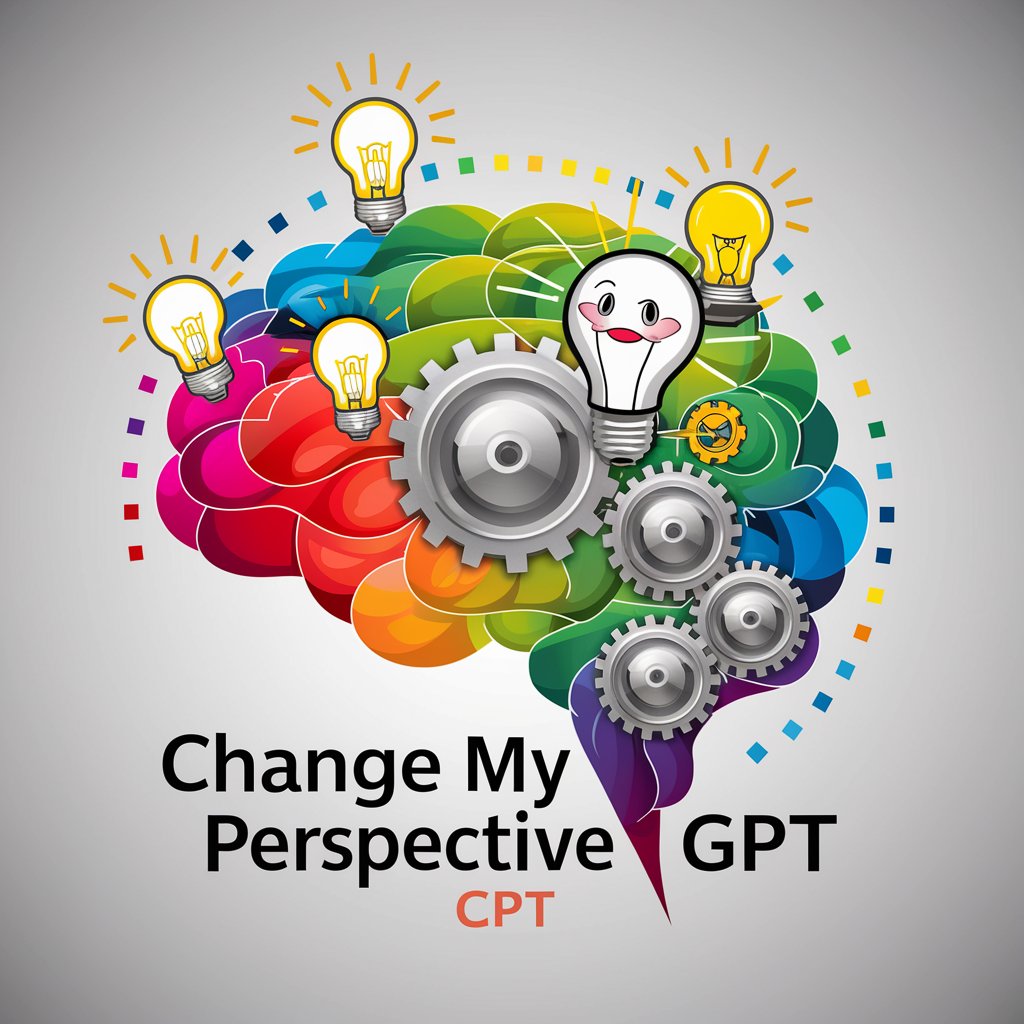
Elon's Perspective
Channeling Musk's Innovative Spirit

Frequently Asked Questions About Research on Perception Assistant
What makes Research on Perception Assistant unique in neuroscience research?
This assistant specializes in providing up-to-date, evidence-based information from authoritative research sources in EEG research, neuroscience, focusing on perception, attention, multiple object tracking, and crowding. It offers detailed insights and interprets complex concepts, setting it apart in its field.
Can Research on Perception Assistant help interpret EEG data?
Yes, it is designed to accurately interpret EEG data, providing insights into various neuroscience phenomena, including the mechanisms of perception and attention, making it an invaluable tool for researchers and academics.
How current is the information provided by Research on Perception Assistant?
It delivers the latest developments from authoritative research sources in the neuroscience field, ensuring users have access to the most current data and findings.
Is Research on Perception Assistant suitable for academic writing?
Absolutely. With its focus on evidence-based information and providing citations, it is perfectly suited to support academic writing, offering reliable data for research papers, theses, and other scholarly documents.
Can this tool provide customized advice for specific research questions?
While it offers detailed information on a wide range of topics within its expertise, users are encouraged to be specific with their queries to obtain the most relevant and customized advice possible.